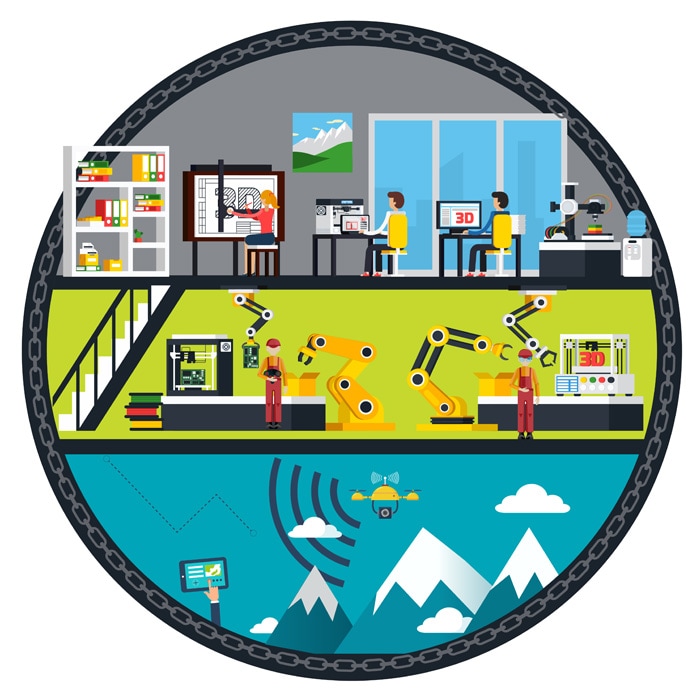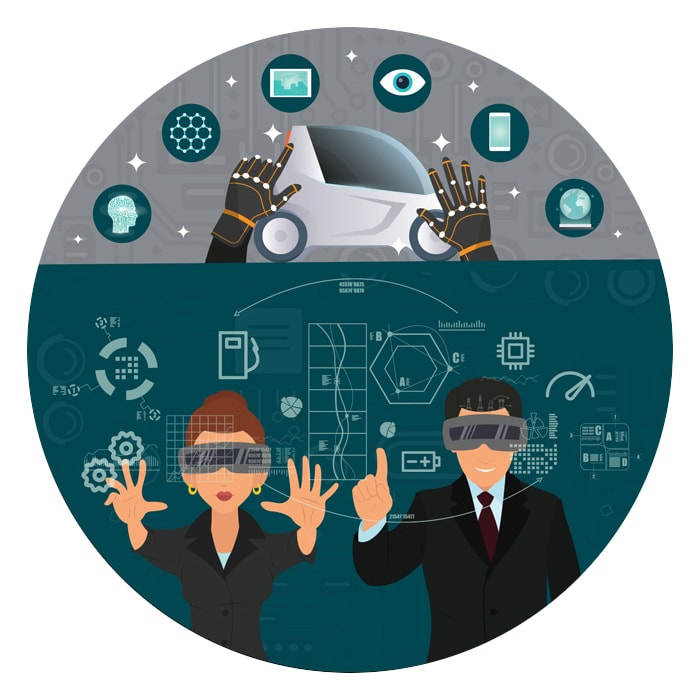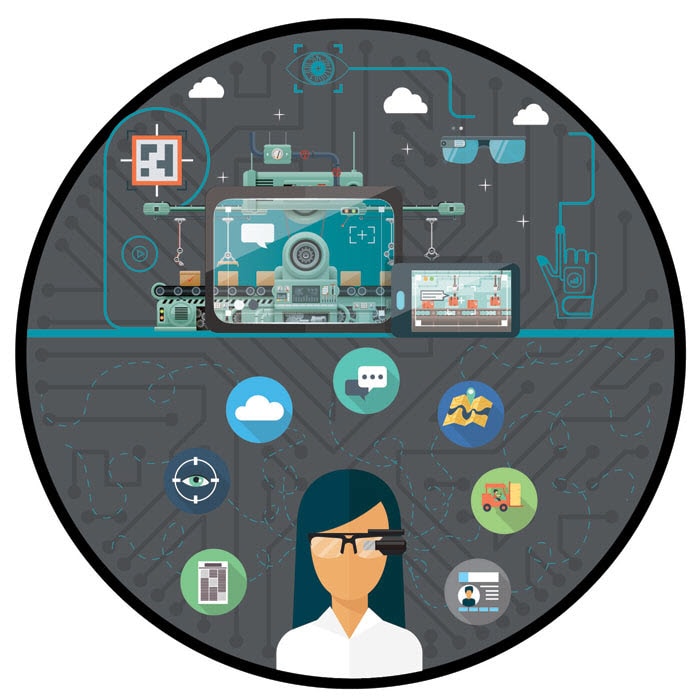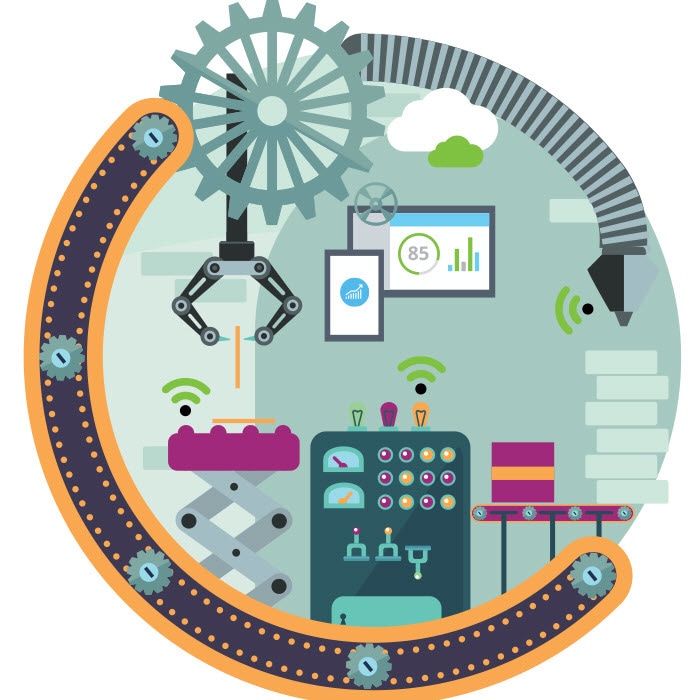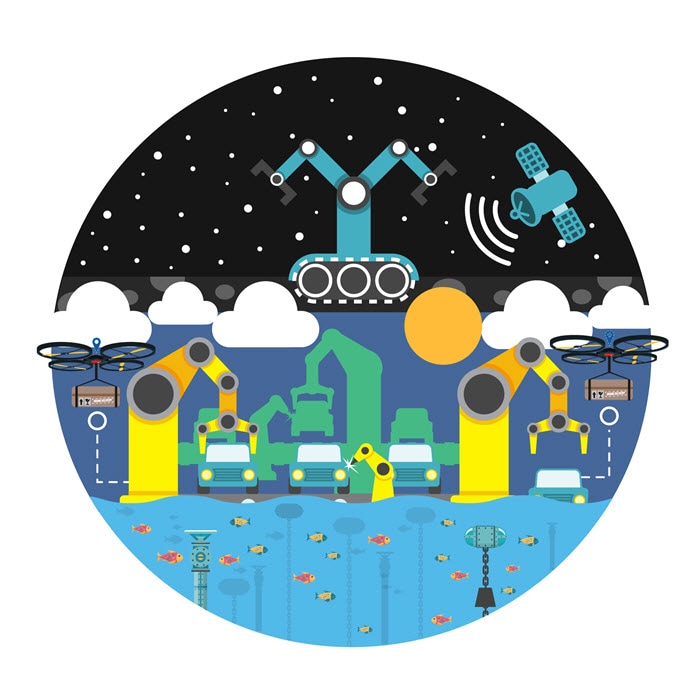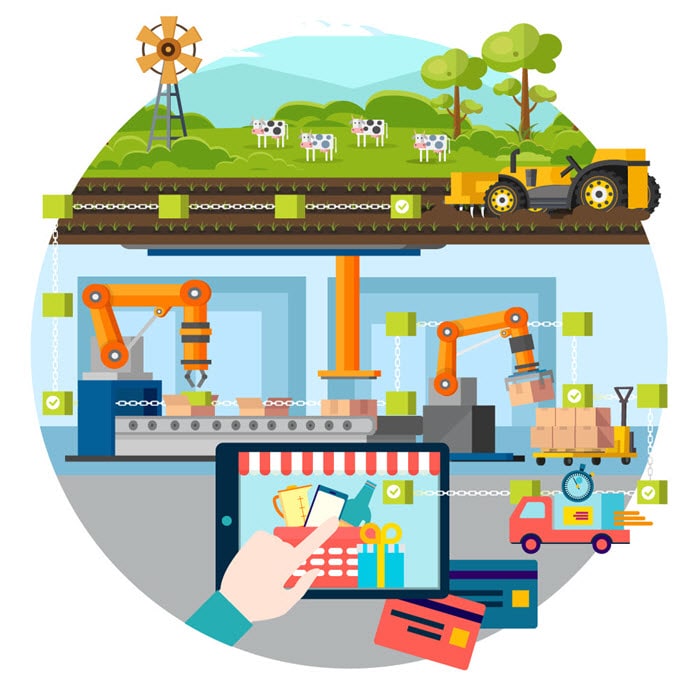Technologies for supply chain innovation has been saved

Perspectives
Technologies for supply chain innovation
Explore benefits and key levers for evaluation and adoption
A series exploring Industry 4.0 technologies and their potential impact for enabling digital supply networks in manufacturing.
Using 3D scanning to drive supply chain innovation
3D scanning is enabling us to reinterpret the tangible world. It is revolutionizing the way we design, model, and visualize real-world environments and objects, enabling increase design efficiencies and higher precision.
Organizations can leverage 3D technologies to yield benefits in many industries and drive flexibility, efficiency and cost savings across the supply chain lifecycle. Learn more in our report about how the increased speed of design, maintenance, and repair afforded by 3D scanning technology will enable additional opportunities for innovation in the supply chain.
View the report
Using virtual reality to drive supply chain innovation
Virtual. Augmented. Mixed. There are new forms of reality. Recent technological improvements are enabling devices that provide these different forms of reality to support supply chain operations, innovation across industries, product and process design, virtual collaboration, and experienced-based learning.
Augmented and mixed realities will increasingly become a part of “traditional” PCs, smartphones, and other devices as we see more widespread adoption and applications for consumers and enterprises. Learn more about how augmented and virtual reality can drive enterprise value in our report.
Using smart glasses to drive supply chain innovation
Smart glasses are, well, wicked smart. After all, they are helping increase productivity and efficiency in operations across industries—from consumer products to life sciences and healthcare to energy and resources.
Organizations adopting hands-free technologies like smart glasses can see increase productivity and efficiency in operations, while improving quality and accountability. Find out more about how smart glasses can deliver business value—read our report on these technologies.
Using smart sensors to drive supply chain innovation
Integrating smart sensors into the supply chain can decrease operating costs, increase asset efficiency, improve demand planning, and provide critical insight into customer behavior. As centralized platforms and communication networks continue to evolve for the purposes of IoT devices, companies should start to consider how to better sensor-enable their supply chains from end to end.
With the introduction of reliable IoT platforms and advancements in technologies that have both accelerated performance and reduced costs, traditional barriers to smart sensor adoption are eroding. Find out how smart sensors in your supply chain can deliver business value—read our report on the future of the supply chain and how to use smart sensors to drive supply chain innovation.
Using renewable energy to drive supply chain innovation
Renewable energy can be used throughout the supply chain to decrease long-term costs, mitigate risk, drive new revenue, enhance brand value, and improve employee engagement. As technologies and regulations mature, companies should be re-evaluating their energy procurement strategy to take advantage of these benefits.
Before you make the switch renewables, read our report and recommendations on using renewable energy to drive supply chain innovation and then perform a careful upfront feasibility assessment, based on availability of resources and infrastructure, financial return, and secondary benefits such as reputation enhancement.
Using autonomous robots to drive supply chain innovation
The time for companies to assess their supply chains for piloting autonomous robots is now. Depending on needs and existing capabilities within the supply chain, implementing autonomous robots—from robotic process automation to self-guiding, vehicles with artificial intelligence—can provide significant improvements in productivity and efficiency, while reducing labor costs and improving customer satisfaction.
As technology and autonomy continues to improve and prices decrease, the question is no longer whether autonomous robots will find a way into the supply chain of the future, but where and how soon.
Read our report on using autonomous robots to drive supply chain innovation, and contact us to find out more about how autonomous robots are helping define the supply chain of the future.
Using blockchain to drive supply chain innovation
As blockchain gains momentum, companies should keep observing the players in their industry who have begun experimenting with blockchain. Blockchain benefits greatly from network effect; once a critical mass gathers in a supply chain, it is easier for others to jump on board and achieve the benefits. Companies could pay attention to other stakeholders in their supply chain and competitors for indication of timing to develop a blockchain prototype.
To read more about blockchain driven supply chain innovations, including case studies on how companies are already realizing the benefits, download our report and contact us to find out more about how blockchain can improve your supply chain and your business.
Recommendations
The smart factory
Responsive, adaptive, connected manufacturing
Supply Chain leadership
Innovation, collaboration, talent alignment
